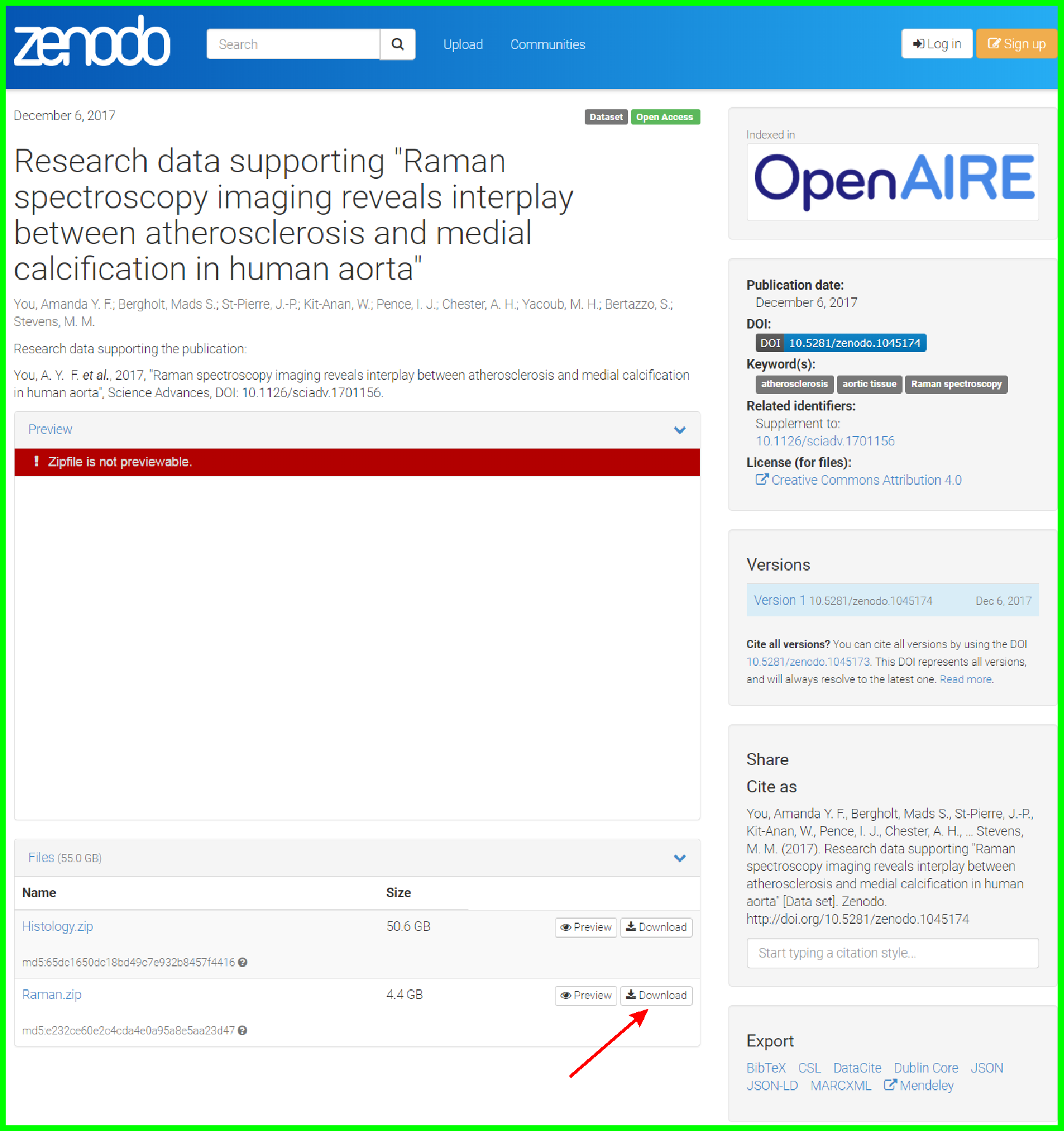Efficient quantitative hyperspectral image unmixing method for large-scale Raman micro-spectroscopy data analysis
Vibrational micro-spectroscopy is a powerful optical tool, providing a non-invasive label-free chemically specific imaging for many chemical and biomedical applications. However, hyperspectral image produced by Raman micro-spectroscopy typically consists of thousands discrete pixel points, each having individual Raman spectrum at thousand wavenumbers, and therefore requires appropriate image unmixing computational methods to retrieve non-negative spatial concentration and corresponding non-negative spectra of the image biochemical constituents. In this article, we present a new efficient Quantitative Hyperspectral Image Unmixing (Q-HIU) method for large-scale Raman micro-spectroscopy data analysis. This method enables to simultaneously analyse multi-set Raman hyperspectral images in three steps: (i) Singular Value Decomposition with innovative Automatic Divisive Correlation (SVD-ADC) which autonomously filters spatially and spectrally uncorrelated noise from data; (ii) a robust subtraction of fluorescent background from the data using a newly developed algorithm called Bottom Gaussian Fitting (BGF); (iii) an efficient Quantitative Unsupervised/Partially Supervised Non-negative Matrix Factorization method (Q-US/PS-NMF), which rigorously retrieves non-negative spatial concentration maps and spectral profiles of the samples' biochemical constituents with no a priori information and with great operation speed. Alternatively, the Q-US/PS-NMF is capable to work as a partially supervised method, when one or several samples' constituents are known, which significantly widens chemical and biomedical applications of the method. We apply the Q-HIU to the analysis of real large-scale Raman hyperspectral images of human atherosclerotic aortic tissues and our results show a proof-of-principle for the proposed method to retrieve the biochemical composition of the tissues.
PDF Abstract